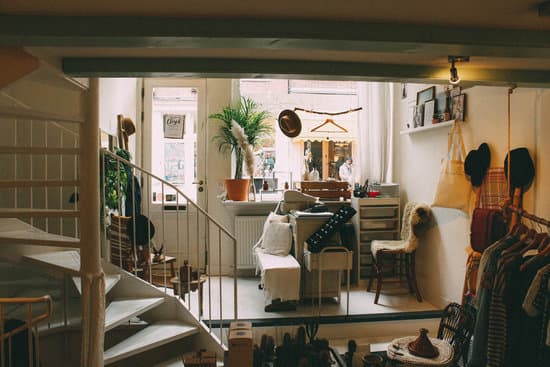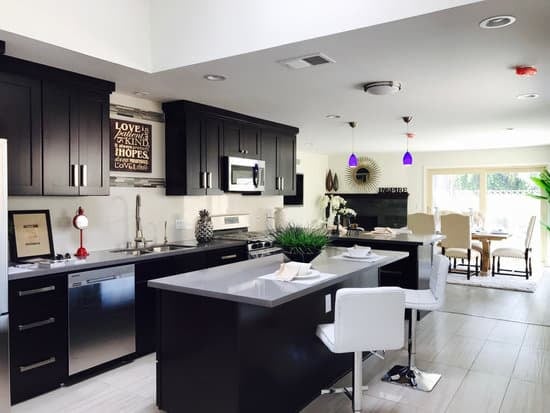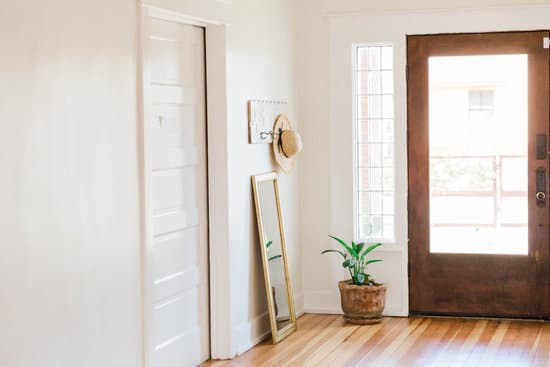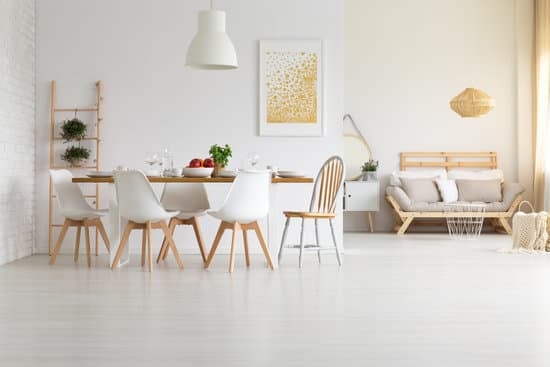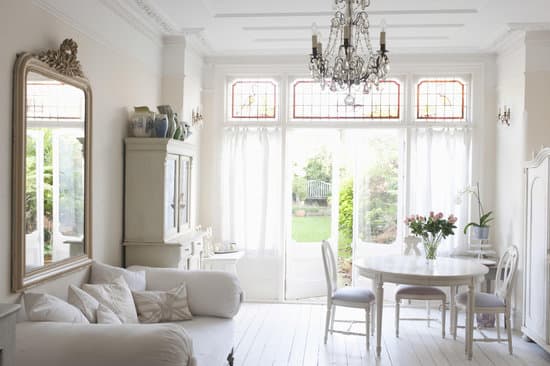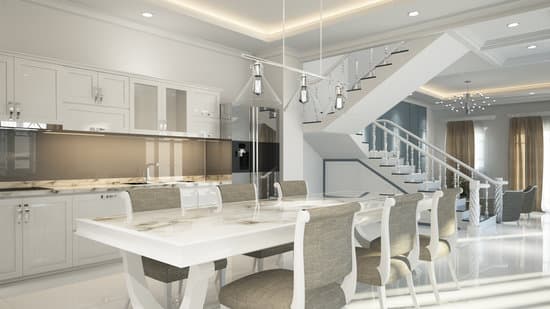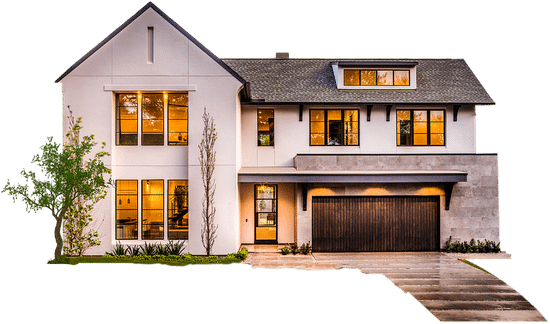Understanding Eco-Design
Eco-design, also known as environmentally-friendly design or design for the environment, is a strategy used in designing products or services that consider the environmental impact of the final product. It aims at minimizing ecological damage while still providing functional and aesthetic designs. This design approach has become increasingly popular in recent years as more and more people are becoming aware of their environmental impact, and as such, there is a growing demand for sustainable products. Eco-design is not only about using sustainable materials but also incorporates the entire life cycle of the product. This approach extends to manufacturing, packaging, transportation, product use, and disposal or recycling, and thus reducing the environmental impact at each stage. By considering all aspects of the product life-cycle, it is possible to minimize waste output and energy consumption while maintaining a high standard of quality for the product.The Significance of Environmental Sustainability
The significance of environmental sustainability cannot be overstated as it plays a crucial role in the well-being of our planet and our own health and survival. Our natural resources are finite and it is only through sustainable design practices that we can hope to preserve them for future generations. Eco-design helps in identifying the environmental impact of the product and negates it, hence leaving a minimal carbon footprint. Using eco-design also presents a unique opportunity for businesses by providing a competitive advantage. Sustainable products that are responsibly manufactured, packaged, and transported resonate well with the growing number of environmentally conscious consumers. As we continue to deplete our natural resources, sustainable design becomes an increasingly significant consideration in achieving a greener future.Categories Focused on in Eco-Design
The approach of eco-design focuses on three broad categories of environmental concern, including energy, materials, and waste and pollution. Each of these categories is fundamental as far as the eco-design approach is concerned, and designers aim to minimize the carbon footprint in every category. Here’s a closer look at each of these categories:Energy: A Crucial Focus in Eco-Design
Energy is one of the most critical categories of concern in eco-design. This category focuses on using the least amount of energy to produce, use, and dispose of the product. Designers consider ways to reduce energy consumption and minimize the primary energy sources used in the process. This effort includes the use of renewable energy sources such as solar, wind, or water power. The successful implementation of energy-focused eco-design leads to:- Reduced greenhouse gas emissions
- Reduced energy costs for the end-user
- Environmentally-friendly and sustainable products
- Increased competitiveness in the market
- Improved reputation as an eco-friendly business
Looking at the Materials Concern in Eco-Design
The category of materials focuses on sustainable sourcing, selecting eco-friendly materials, reducing the amount of raw materials needed, and minimizing waste during production. This category is the most extensive since it covers all kinds of materials, including biological materials like wood or wool, synthetic materials like plastic, and metallic materials, among others. Successful implementation of materials-focused eco-design leads to:- Reduced environmental degradation
- Preservation of critical resources
- Lower material cost during production
- Diversity in material sourcing
- Reduced waste output
Waste and Pollution: The Third Eco-Design Category
This category is undoubtedly the most urgent as the world grapples with massive landfills and plastic in the ocean. Pollution causes immense damage to wildlife and the ecosystem and demands immediate attention. Waste and pollution in eco-design focus on strategies to minimize waste generation, reduce the release of harmful chemicals or substances into the environment, and prevent the accumulation of waste in landfills. Successful implementation of waste and pollution-focused eco-design leads to:- Reduced environmental pollution
- Increased resources for other sectors
- Lower costs for disposal and managing waste
- Cleaner production processes
- Sustainable and responsible manufacturing practices





